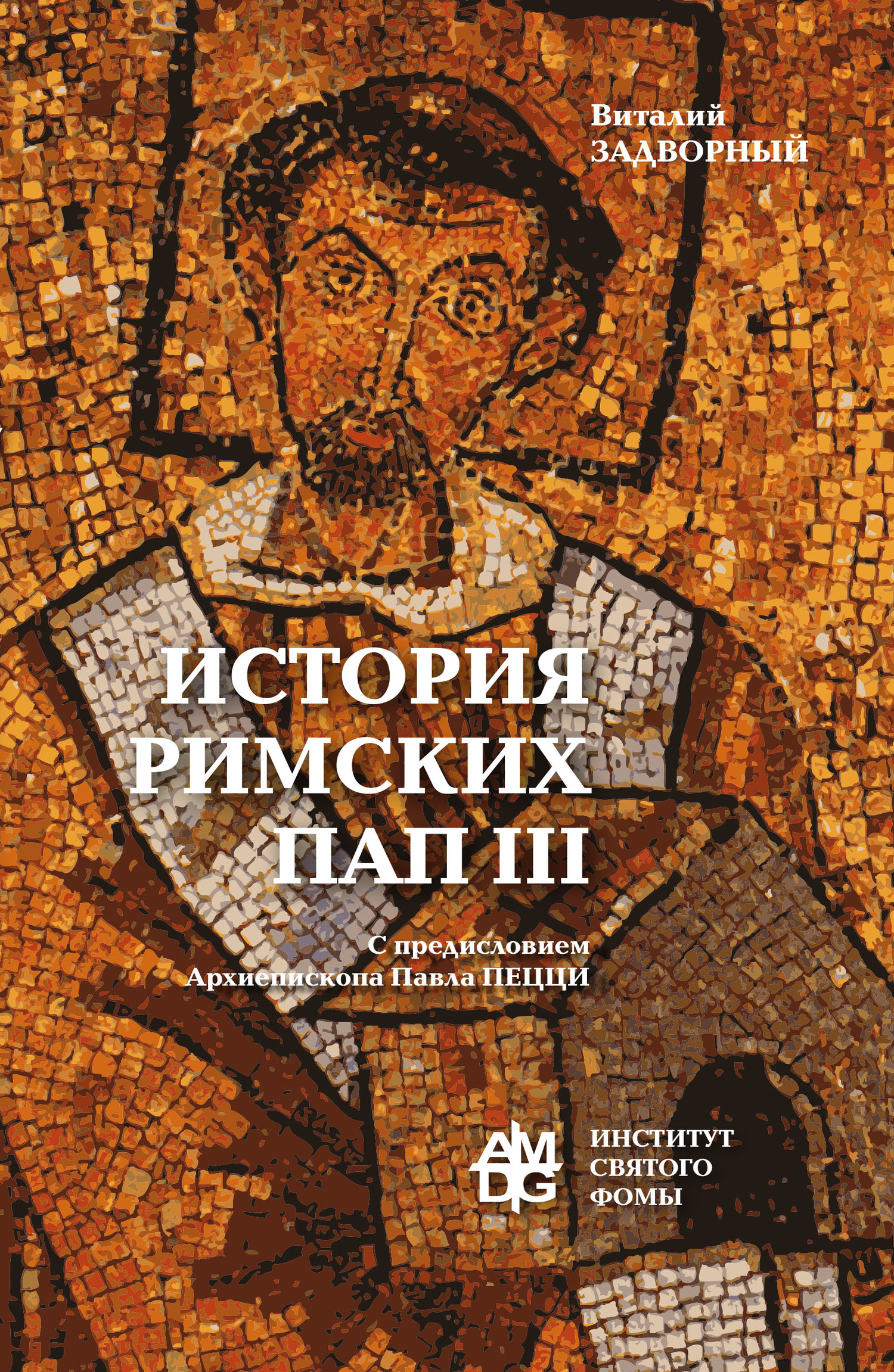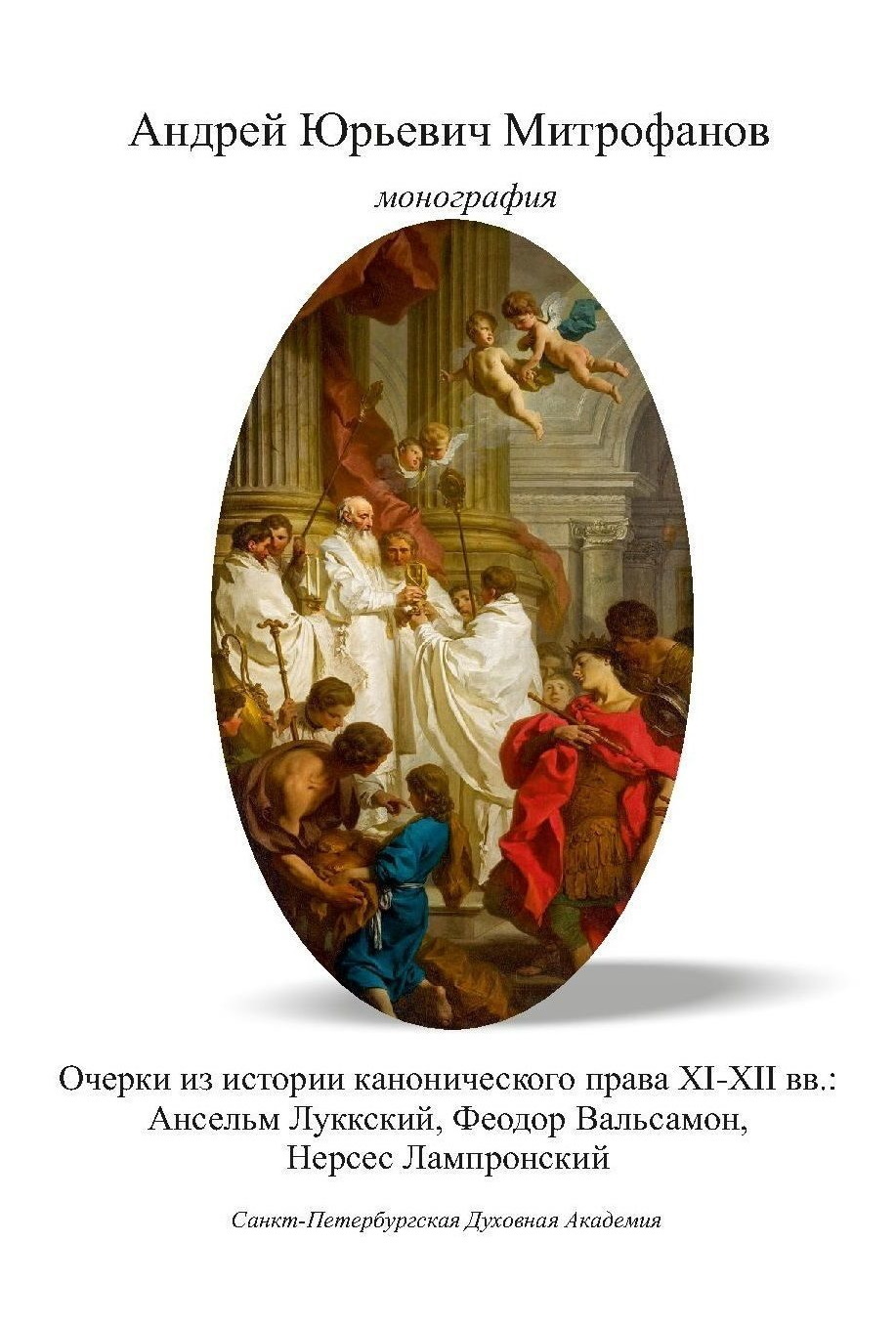Книга Короли и ведьмы. Колдовство в политической культуре Западной Европы XII–XVII вв. - Ольга Игоревна Тогоева
Читать книгу Короли и ведьмы. Колдовство в политической культуре Западной Европы XII–XVII вв. - Ольга Игоревна Тогоева полностью.
Шрифт:
-
+
Интервал:
-
+
Закладка:
Сделать
Перейти на страницу:
Перейти на страницу:
Книги схожие с книгой «Короли и ведьмы. Колдовство в политической культуре Западной Европы XII–XVII вв. - Ольга Игоревна Тогоева» от автора - Ольга Игоревна Тогоева:
Комментарии и отзывы (0) к книге "Короли и ведьмы. Колдовство в политической культуре Западной Европы XII–XVII вв. - Ольга Игоревна Тогоева"












